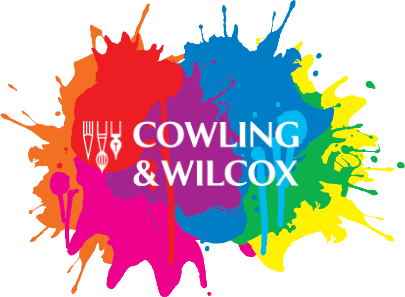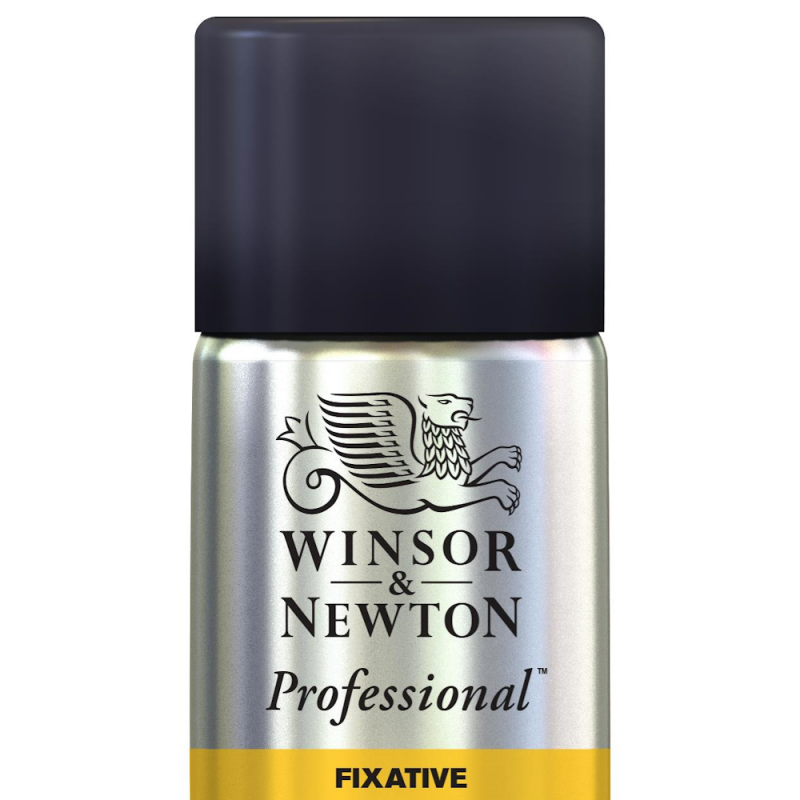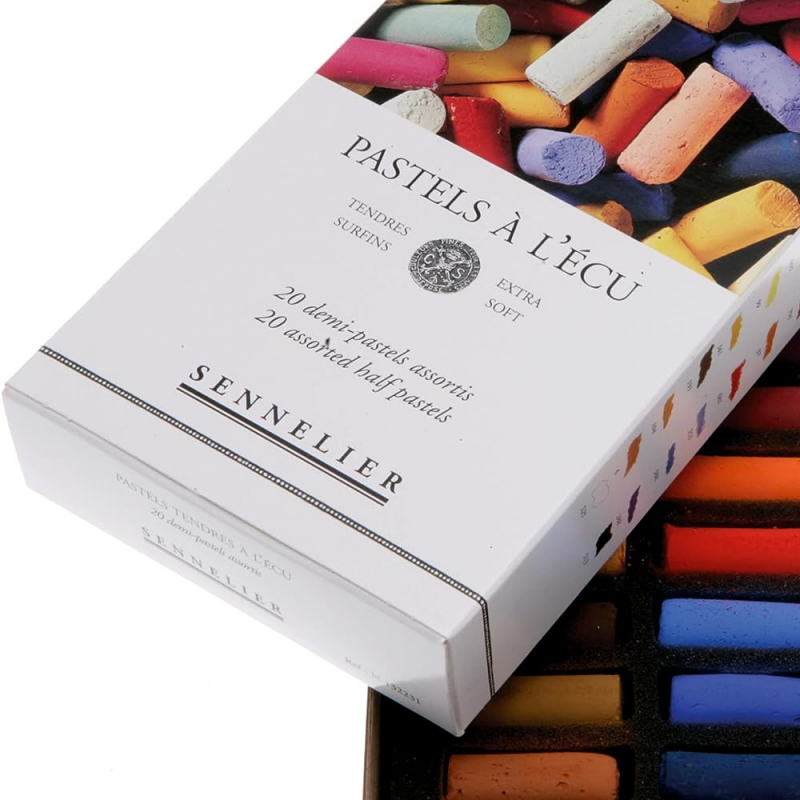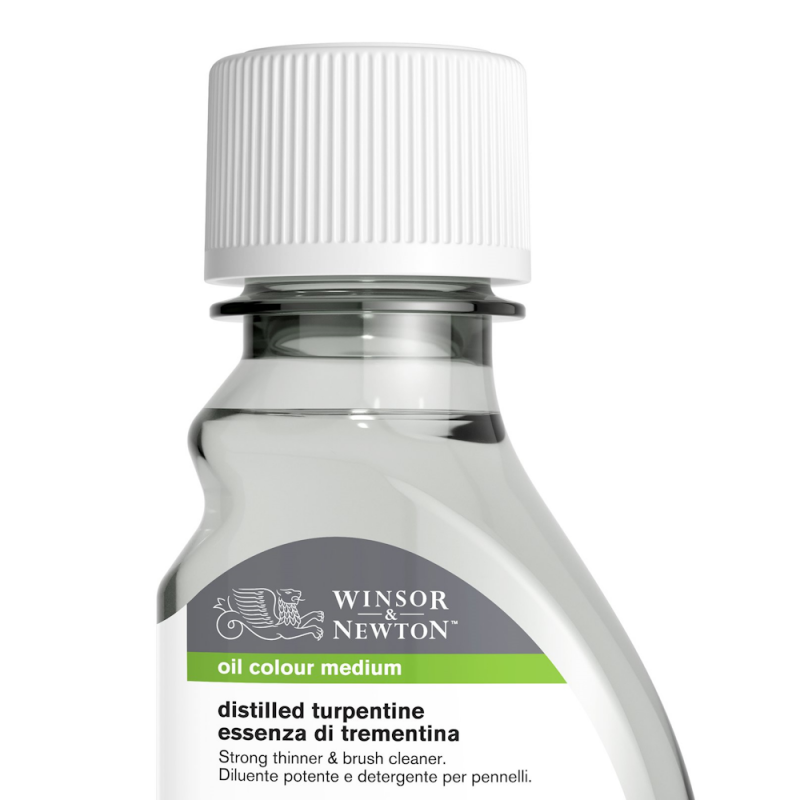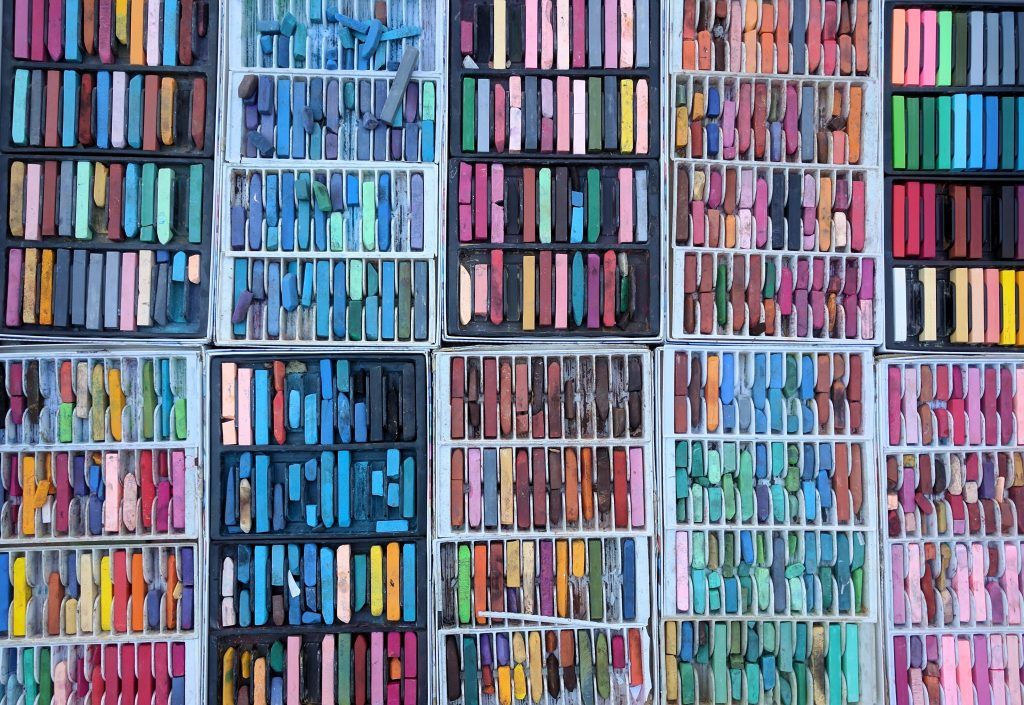
If you’re looking to easily blend colours and create rich, vibrant portraits with a range of textures, then look no further than pastels. Available in several styles; hard, soft or oil. Although this medium can be an unknown element to some, this blog will focus on the soft & oil varieties, helping you to understand their differences and how adding them to your collection can be a huge benefit.
One thing to note before we go ahead is that pastels are very fragile & never fully dry, so it’s often recommended to place any work made with them behind glass, to prevent any possible smudging. Now, with that out of the way, let’s take a look.
Composition
Although these may both be pastels, don’t let that fool you, they couldn’t be more different! Soft pastels are created by combining the pigment with water and a form of artificial binder. They are very dry, crumble easily and have a feel that is comparable to a stick of chalk.
Oil pastels are slightly more durable than soft pastels and will not crumble as easily. They are composed of pigment mixed with a binder of oil and wax and have a slightly creamy consistency. They tend to feel slightly greasy.
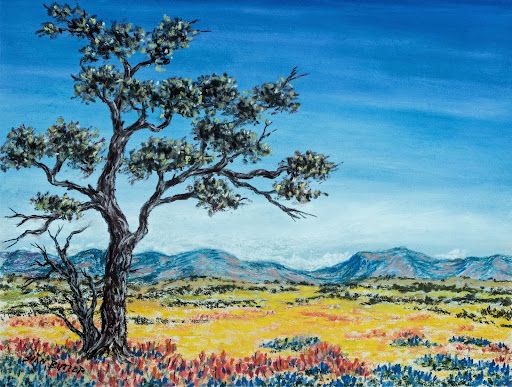
Features
Soft pastels are most often rectangular in shape, but can also be cylindrical. Painting with soft pastels can be quite messy due to the dust from the sticks. If you are battling lots of loose dust you can remove it from your artwork by gently tapping the back of it or using masking tape to pick up the dust. It is important not to blow on your artwork as this will make the dust spread everywhere. Try and work in a space that is well ventilated when using soft pastels, if possible.
Because of the dusty form of soft pastels, it is recommended that you use a few light layers of fixative spray on your painting to prevent it from smudging. If you want to add more depth to your soft pastel artwork, you can add multiple layers of pastel between the layers of fixing spray (waiting for them to dry first).
It can be easier to use soft pastels when they are broken in half. Alternatively, you can purchase sets of half sticks.
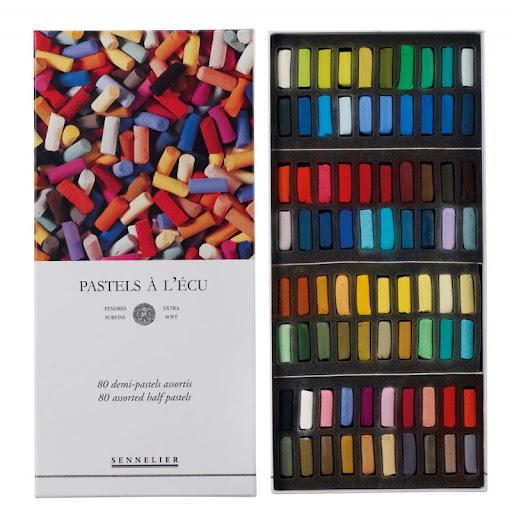
Oil pastels are mostly cylindrical in shape like a crayon and they can mix well with other media such as watercolour. Once applied, oil pastels fix to the surface and are not dusty. You can blend oil pastels on a palette and then apply them to the surface with a knife.
Oil pastels can be used with solvents like turpentine to produce a different, thinner texture, this can be great for when you need to create a wash on your surface.
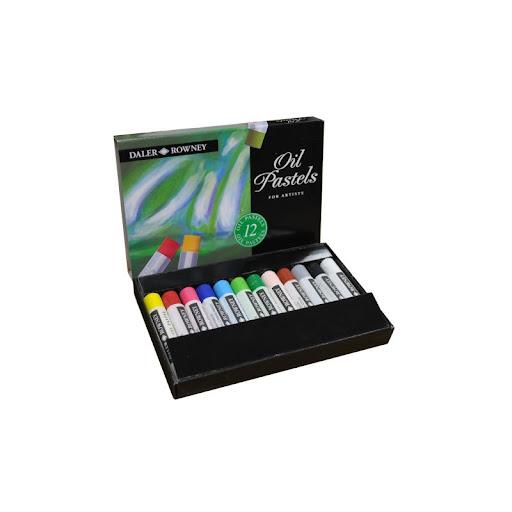
As you can see both soft and oil pastels offer an extensive range of deep colours that will allow you to create fantastic pieces of artwork. The compositions of soft chalk pastels vs oil pastels are slightly different, however they both have a very high concentration of pigment, making them the most natural form of art media. They both blend extremely well, although oil pastels take a little more layering in order to do so.
There are many pastel drawing techniques that you can pick up whilst using this medium, so why not order some pastels today and give them a go! We’d love to see your creations – you can send us a photo via our contact page.
< Back to blog